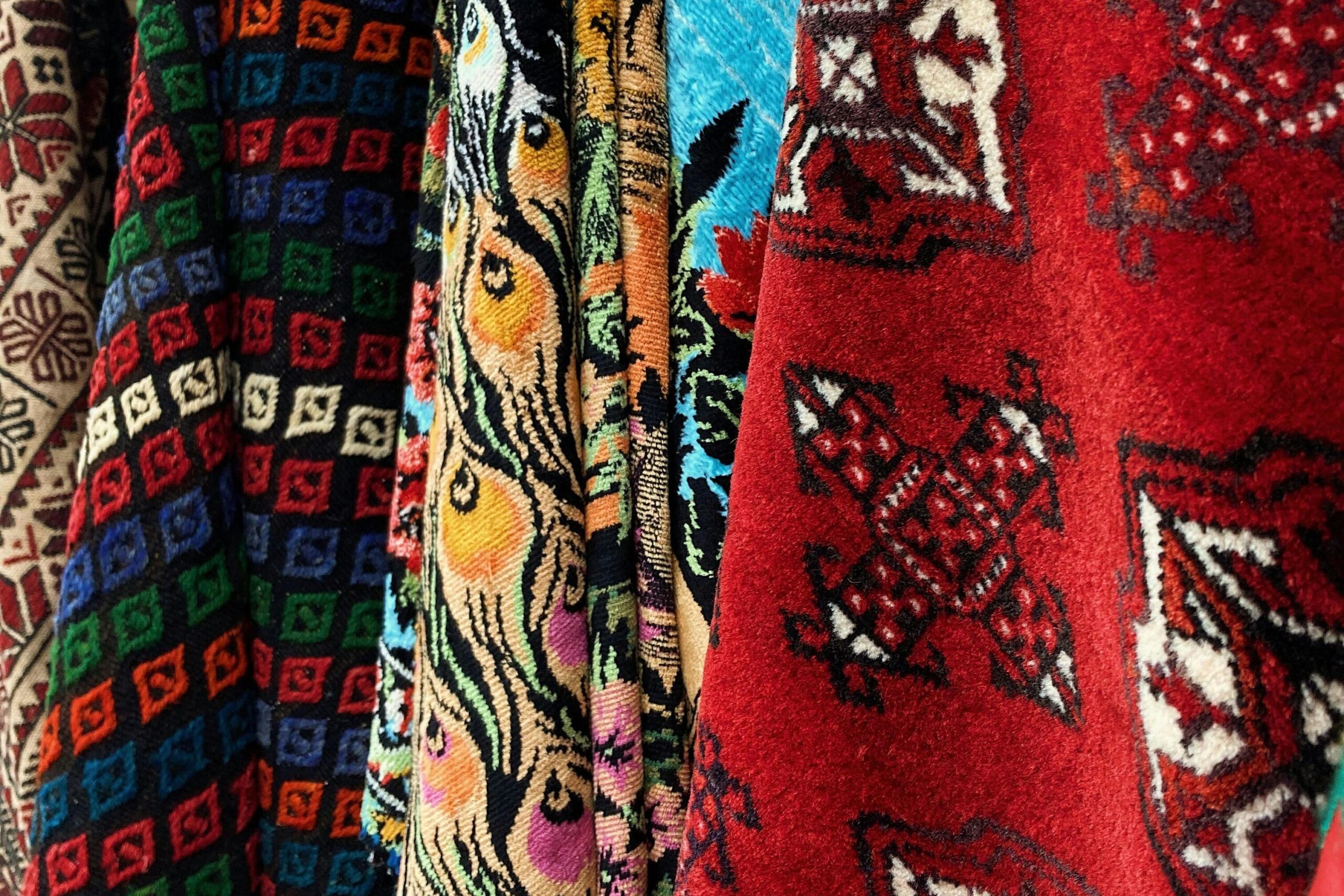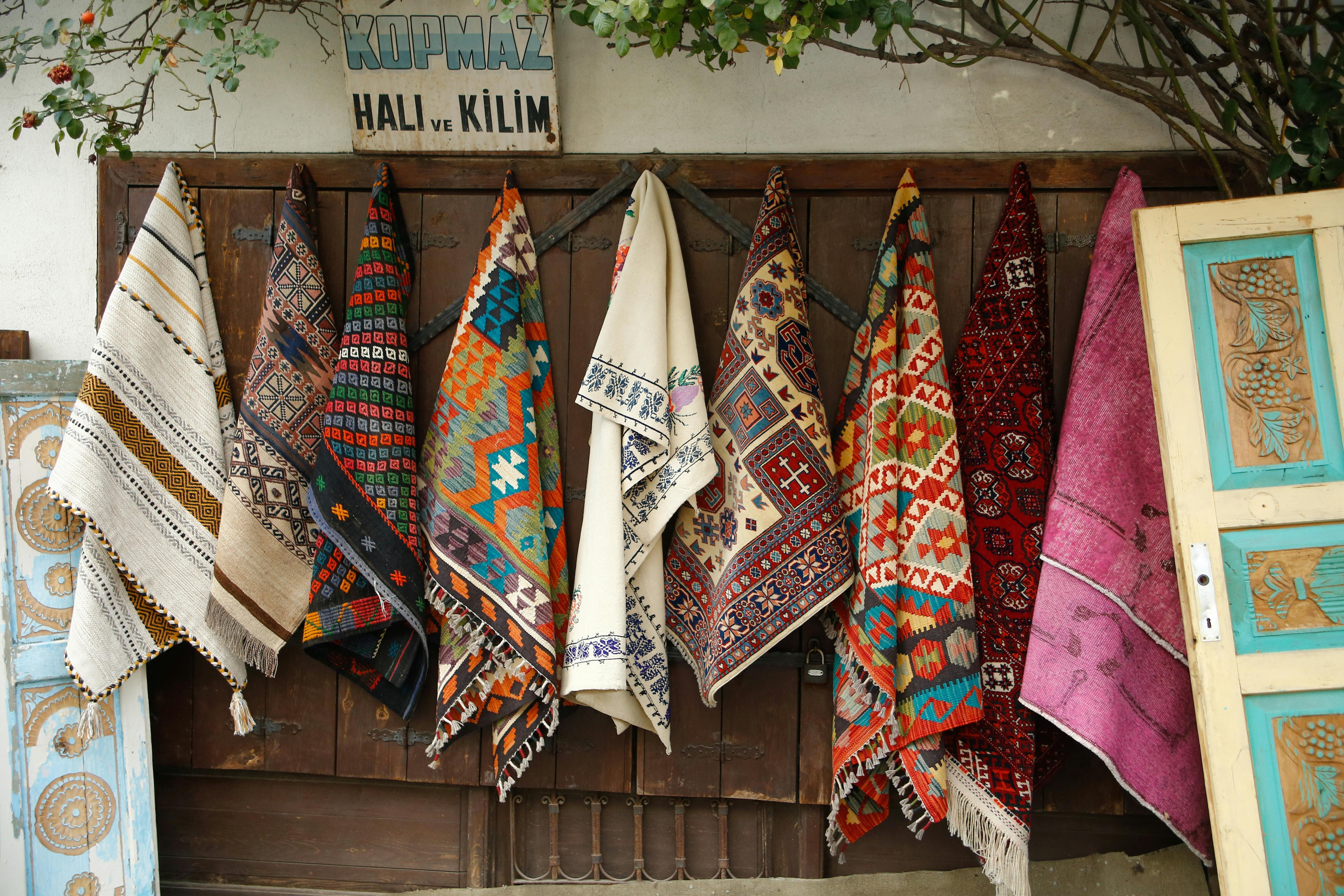Introduction to Woven Baskets: A Beginner’s Guide to Materials, Tools, and Techniques
Basket weaving is one of the oldest and most rewarding crafts in the world, with a rich history that spans cultures and continents. Whether you’re a complete novice or looking to refine your skills, this guide will walk you through the basics of woven baskets, covering essential materials, tools, and simple techniques to help you create your first masterpiece. Woven baskets are not only practical for storage and decoration but also offer a meditative and creative outlet that connects you to traditional artisanship.
To begin, let’s explore the materials commonly used in basket weaving. Natural fibers like willow, reed, and rattan are popular choices due to their flexibility and durability. Willow, for instance, is often harvested and soaked to make it pliable, while reed is a versatile material that comes in various thicknesses. Synthetic options, such as plastic or paper-based cords, are also available and can be great for beginners because they are easier to handle and often more affordable. When selecting materials, consider the basket’s purpose—sturdy materials for heavy-duty use or finer ones for decorative pieces.
Next, you’ll need the right tools to get started. Basic basket weaving tools include a sharp knife or scissors for cutting materials, a bodkin or awl for making holes and spacing weaves, and a measuring tape to ensure consistency. A sturdy work surface, like a table with a clamp, can help keep your materials in place while you work. For those diving into more complex weaves, a weaving needle or shuttle might be useful. Don’t forget protective gear like gloves to prevent splinters or cuts, especially when handling natural fibers.
Now, onto the techniques. The simplest method for beginners is the ‘over-under’ weave, which involves passing weavers (horizontal elements) over and under the spokes (vertical elements) in a consistent pattern. Start by creating a base with your spokes, then gradually build up the sides. As you progress, you can experiment with patterns like twining or coiling, which add texture and strength. Practice makes perfect, so don’t be discouraged if your first basket isn’t flawless—each attempt teaches valuable lessons in tension and design.

Beyond the basics, basket weaving offers endless possibilities for creativity. You can incorporate dyes for colorful designs, add handles for functionality, or even mix materials for unique textures. Many weavers find the process therapeutic, as it requires focus and patience, leading to a sense of accomplishment with each finished piece. To deepen your skills, consider joining a local weaving group or exploring online tutorials that demonstrate advanced techniques. Remember, the key to success is starting simple and gradually challenging yourself with more intricate projects.
In conclusion, woven baskets are a fantastic entry point into the world of weaving crafts. With the right materials, tools, and a bit of practice, you’ll be crafting beautiful, functional items in no time. Embrace the journey, and don’t hesitate to share your creations with fellow enthusiasts—the weaving community is known for its supportive and inspiring nature. Happy weaving!











